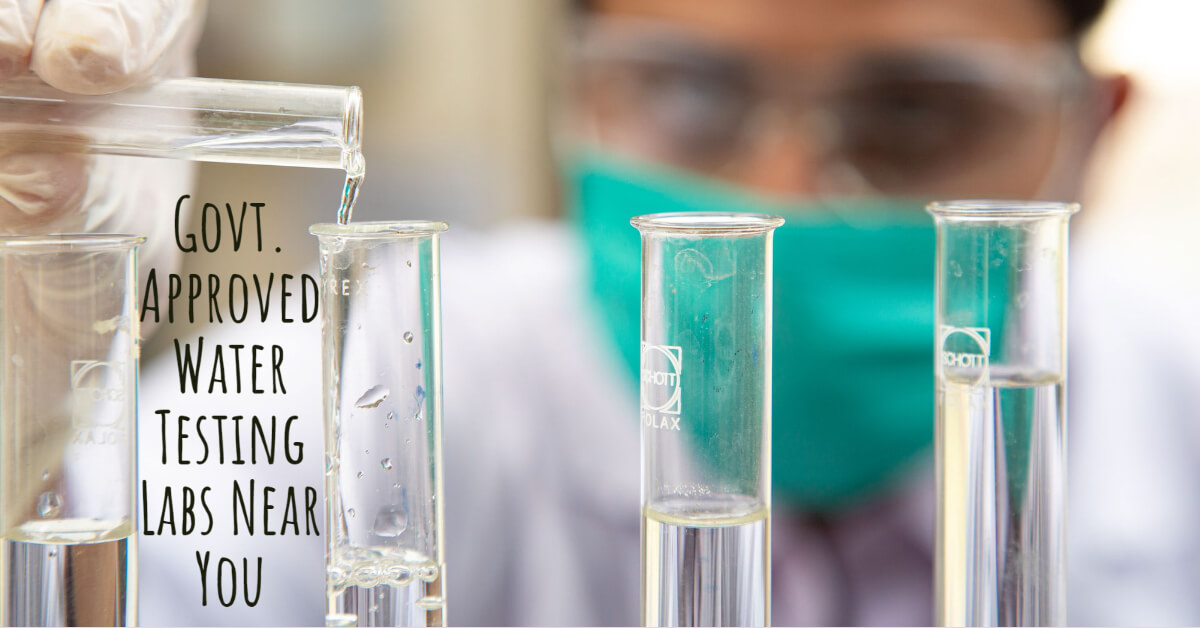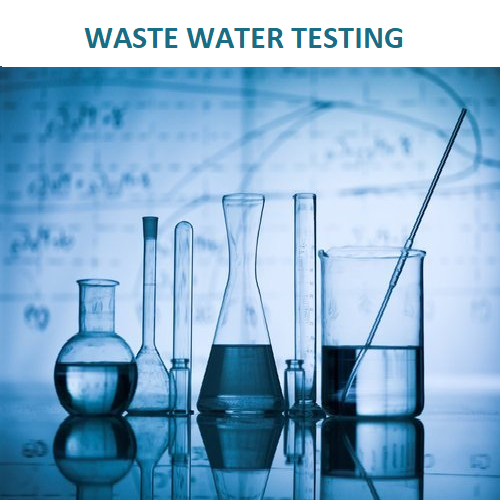Professional Well Water Testing Services: Obtain Accurate Results Rapid
Professional Well Water Testing Services: Obtain Accurate Results Rapid
Blog Article
Discover What Is Consisted Of in Water Testing and Exactly How It Makes Sure Safe Alcohol Consumption Water
Understanding the intricacies of water screening is pivotal in making sure the high quality and safety and security of our drinking water. Via a meticulous evaluation of physical, chemical, and microbiological aspects, water screening determines potential contaminants that could posture health and wellness risks.
Key Components of Water Screening
Water testing is an essential process that includes numerous key components to make certain the safety and security and quality of alcohol consumption water. In addition, ensuring the pH balance of water is important, as it impacts the water's corrosiveness and the efficiency of sanitation processes.
One more considerable component entails microbiological evaluation, where water samples are examined for the visibility of microorganisms such as germs, viruses, and protozoa. This analysis is crucial to recognize biological threats that might present health risks if taken in. Chemical evaluations are performed to spot natural and not natural materials, such as hefty steels, nitrates, and chemicals, that might be existing in the water supply.

Detecting Hazardous Impurities
Finding harmful contaminants in alcohol consumption water is a fundamental element of securing public health. Each type of pollutant poses distinctive health and wellness dangers, making their detection crucial to make sure the water eaten by the public is risk-free.
Water testing for pollutants is commonly conducted by regulatory agencies and water utilities, employing a combination of area sampling and research laboratory evaluation. These evaluations are created to spot both naturally taking place compounds and anthropogenic contaminants that may have entered the supply of water with farming drainage, industrial discharge, or aging facilities. Regular monitoring is crucial, as contamination levels can rise and fall because of ecological adjustments, seasonal variations, or human activities.
The recognition of damaging contaminants informs required activities, such as water therapy interventions or public advisories, to mitigate risks. Early discovery is important to avoid damaging health and wellness effects, varying from stomach illnesses to long-lasting problems like cancer, thereby making certain the continued safety and security of alcohol consumption water.

Chemical Analysis Techniques
In the world of making certain safe alcohol consumption water, chemical evaluation methods play a crucial duty in recognizing and measuring impurities. These methods are crucial for discovering a vast selection of chemical substances, consisting of hefty steels, chemicals, and industrial contaminants, which can present significant wellness risks. Methods such as atomic absorption spectroscopy (AAS) and inductively combined plasma mass spectrometry (ICP-MS) are frequently used to gauge trace degrees of metals like lead, arsenic, and mercury. These tools offer accurate metrology, helping with conformity with regulative standards.
Gas chromatography-mass spectrometry (GC-MS) is an additional crucial strategy, particularly for organic substances. It divides intricate mixes and determines unpredictable and semi-volatile natural compounds, making sure that contaminants like benzene and toluene are within risk-free limits. High-performance liquid chromatography (HPLC) is likewise used for non-volatile materials, consisting of particular chemicals and drugs.
Ion chromatography is used to figure out focus of cations and anions, such as nitrates and sulfates, which are pivotal in analyzing water quality. These chemical analysis techniques jointly ensure that alcohol consumption water remains risk-free by spotting deviations from established purity standards, consequently protecting public health and wellness. Making sure accuracy and precision in these examinations is vital to keeping the stability of water safety and security assessments.
Microbiological Examining Methods
Precise microbiological screening is crucial for protecting public health and wellness by guaranteeing that alcohol consumption water is cost-free from harmful microorganisms. This process includes discovering and enumerating microorganisms such as germs, infections, and protozoa that may contaminate water supplies. Usual microorganisms include Escherichia coli, Giardia, and Cryptosporidium, each presenting significant wellness risks.
Numerous techniques are used in microbiological screening to determine these risks. The membrane layer purification technique is frequently used, involving water going through a filter that catches bacteria, which are after that cultured to establish their presence and focus. The multiple-tube fermentation technique allows the metrology of coliform microorganisms utilizing a series of dilution and incubation steps.
Developments in innovation have Water Testing Services Near Me presented molecular strategies such as polymerase chain response (PCR), which allows for the very particular and quick discovery of pathogens by intensifying their hereditary material. Enzyme-linked immunosorbent assays (ELISA) likewise use a method to identify pathogens by identifying particular healthy proteins or antigens.
These varied methods are vital for detailed water high quality assessment, making certain that water therapy procedures work and that distribution systems keep safety and security. By using these microbiological screening techniques, possible carcinogen can be recognized and reduced promptly.

Value for Public Health And Wellness
Making certain the microbiological safety of alcohol consumption water directly influences public health by preventing the spread of waterborne conditions. Microorganisms such as germs, viruses, and protozoa can result in ailments like cholera, dysentery, and intestinal infections (Water Testing Service). The implementation of comprehensive water testing methods is paramount in recognizing and mitigating these dangers, thus safeguarding neighborhoods from potential outbreaks
Regular water screening not just identifies microbial contaminants however additionally analyzes chemical and physical criteria that can impact wellness. Extreme degrees of nitrates or heavy metals such as lead can pose severe health and wellness threats, specifically to susceptible populaces like babies and expecting women. By recognizing these threats early, water testing makes it possible for prompt treatments, ensuring the water remains within safe usage criteria.
In addition, water screening plays an essential role in keeping public self-confidence in municipal water systems. It provides transparency and responsibility, comforting the public that their wellness is a priority. For plan makers and health officials, the information originated from water screening educates choices on infrastructure financial investments and public health and wellness approaches, guaranteeing sources are guided where they are most required. This way, water screening is vital in advertising a much healthier, safer culture.
Final Thought
Water testing works as an important device for guaranteeing the safety and security and top quality of drinking water via extensive analysis of its physical, chemical, and microbiological buildings. By spotting harmful contaminants, such as heavy metals and chemicals, and using innovative techniques like chromatography and spectrometry, water testing helps with the recognition of prospective wellness risks. The application of extensive screening procedures is important for preserving compliance with safety criteria, ultimately guarding public health and wellness and reinforcing confidence in municipal water systems.

By identifying these threats early, water screening allows prompt interventions, making certain the water supply remains within safe consumption criteria.
Water testing offers as a vital system for ensuring the safety and top quality of drinking water with thorough analysis of its physical, chemical, and microbiological properties.
Report this page